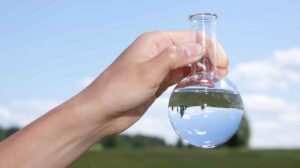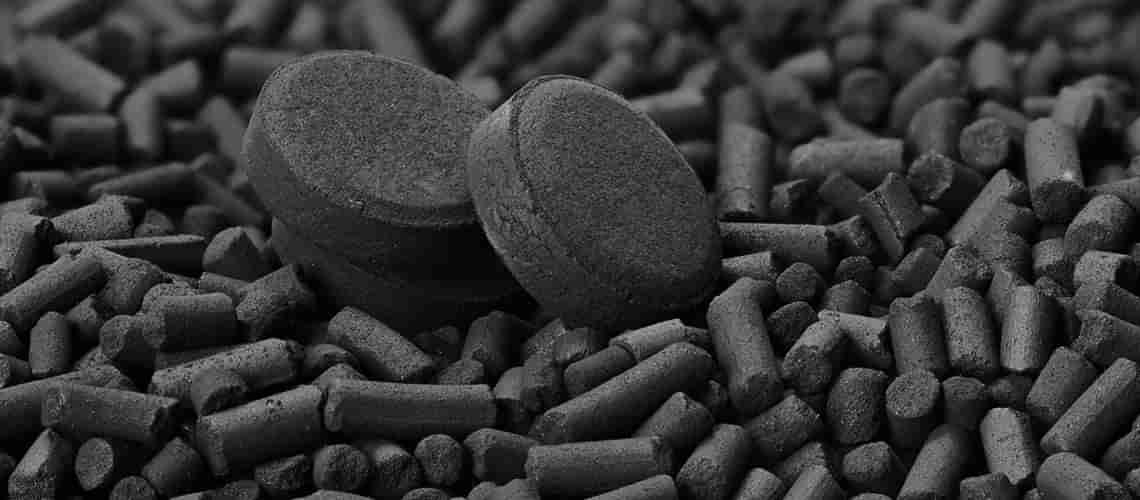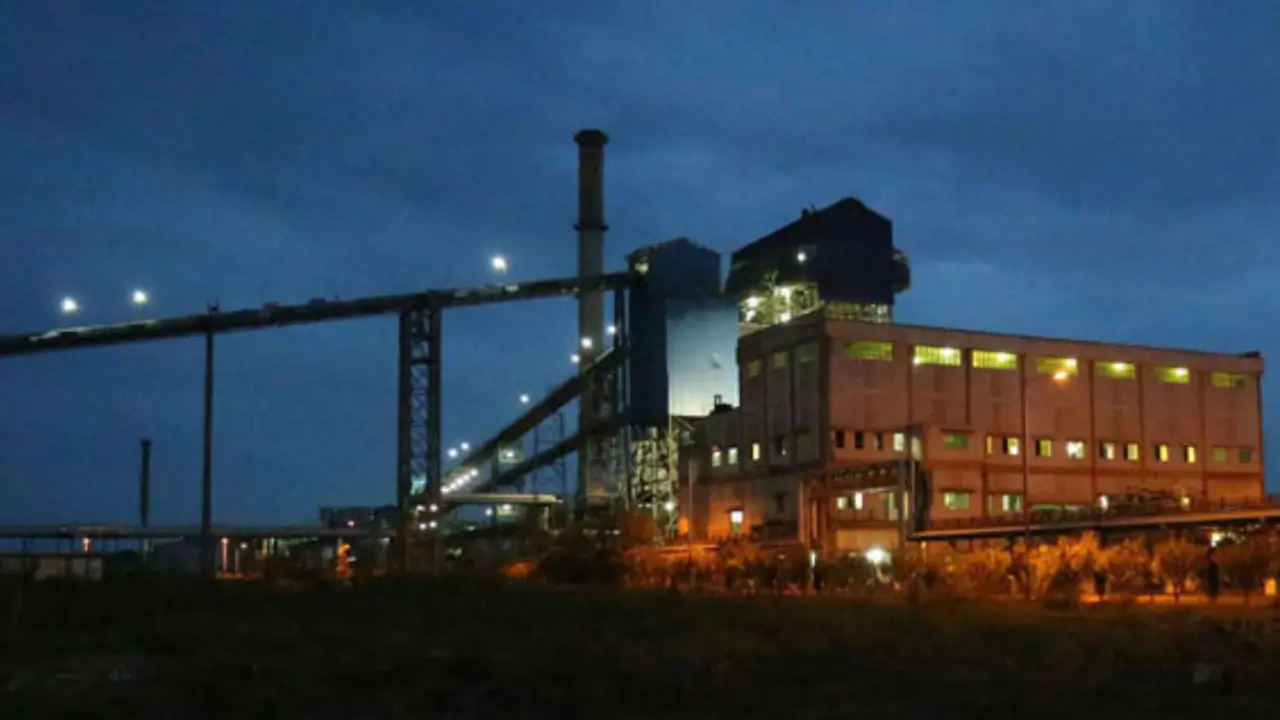- About
- Industries
- Products
- Wastewater Treatment
- Conventional Effluent Treatment: AQUASEP
- Toxic Refractory < 60,000 COD Removal: Catalytic Hydro-oxidation CHD-Ox
- Wet Air Oxidation for TOXIC > 60,000 COD : THERMOX
- Nanobubbles in Water Treatment: NANOPOREX-E
- Chemical-Free Cooling Tower Technology – A Sustainable Solution: ZEPHYR
- MVR for ZLD: Vapozem
- Membranes in wastewater Treatment: PROMEM
- TSS removal and Product recovery using Ceramics: PORESEP
- Heavy Metals and Trace Contaminant removal using Resins: SORBION
- Improving Efficiency of your sand bed filters: NANOMATRIX
- Choosing the Right technology for Wastewater treatment: Wastewater Treatability Studies’
- Reduce/Recover Oil from Wastewater: DISORB
- Produced Water Treatment: PWT
- Non Biofouling Membranes in wastewater Treatment: PROMEM-B
- Advanced Bioaugmentation Culture: BIOPORE
- Cavitation using Ultrasonics: RUSONICS-E
- Oxygen Generator System for Industries: OXYLIFE
- Process Solutions
- Precious Metal catalyst Filtration: CONTUFILT-M
- Activated Carbon Filtration: CONTUFILT-AC
- Raney Nickel Catalyst Filtration: CONTUFILT-RN
- Hot Gas Filtration: CONTUFILT – MH
- Biosolids removal using ceramics: PORESEP
- MVR for ZLD: VAPOZEM
- Ion Exchange-based RESINS: SORBION
- Dehydrating solvents by Zeolite Membranes: SOLVOSEP
- HiGee Continuous Distillation: ROTASEP
- Molecular Separation by Membranes: PROMEM
- Filtration & Separation
- Precious Metal catalyst Filtration: CONTUFILT – M
- Activated Carbon Filtration: CONTUFILT-AC
- Raney Nickel Catalyst Filtration: CONTUFILT-RN
- Hot Gas Filtration: CONTUFILT – MH
- Ceramic Dynamic Membrane Filtration: PORESEP
- MVR for ZLD: Vapozem
- Nano-Bubbles Improve Process Efficiency: NANOPOREX
- Alternate to Continuous Distillation / Rectification: ROTASEP
- Liquid-Liquid Extraction Mixer Settler: SEPARIX
- Ion Exchange-based RESINS: SORBION
- Pervaporation: Dehydrating Solvents and Separating Mixtures: SOLVOSEP
- Cartridges & Filter Bags: FLOWSEP™
- Molecular Separation by Membranes: Recovery and Isolation: PROMEM
- Colour / Organics / VOC Removal: CARBOSORB
- Oxygen Generator System for Industries: OXYLIFE
- RUSONIC – Sonochemistry
- Magnetic Separator Technology: MAG-Filt
- Wastewater Treatment
- Resource
- Contact Us
Revolutionizing Aquaculture with Nanobubbles: A Sustainable Technological Advancement
Aquaculture is one of the fastest-growing sectors in the global food production industry, contributing significantly to the supply of seafood. However, as the demand for fish and other aquatic species continues to rise, there is an increasing need for sustainable practices that optimize production while minimizing negative environmental impacts. This is where nanobubble technology comes into play, offering transformative benefits to aquaculture systems by improving water quality, pathogen control, biofilm removal, and overall yield.
At the heart of these advancements is Nanoporex, an innovative technology utilizing nanobubbles. These bubbles, which are smaller than traditional microbubbles and even smaller than a single cell, are able to offer unparalleled benefits in aquaculture, making them an essential tool for modern fish and prawn farming.
Understanding Nanobubbles
Nanobubbles are gas-filled bubbles that range from 100 to 200 nanometers in size. Their ultra-small diameter allows them to remain suspended in water much longer than traditional bubbles, which typically rise and disappear quickly. Unlike microbubbles, which are visible to the naked eye, nanobubbles are invisible and can penetrate deeper into water, allowing them to be highly effective at gas transfer, pollutant removal, and pathogen control.
One of the key features that set nanobubbles apart is their long-lasting stability. Traditional bubbles collapse almost immediately after being formed, but nanobubbles can remain suspended for hours or even days, ensuring a continuous and sustained effect in aquaculture environments. This property enables nanobubbles to provide benefits over a longer period, such as constant oxygenation, removal of organic matter, and improved water circulation.

In addition to their size and stability, nanobubbles have a high surface area relative to their volume, making them ideal for gas transfer. They also carry a negative charge, which gives them the ability to react with organic and inorganic matter in water, enhancing the removal of harmful substances and improving the quality of the aquatic environment.
Key Benefits of Nanobubbles in Aquaculture
1. Pathogen Control and Disease Prevention
Aquaculture systems, especially those with high stocking densities, are prone to pathogen outbreaks. Bacterial pathogens such as Aeromonas hydrophila, which is commonly found in fish and prawn farms, and Vibrio spp., including harmful species like Vibrio cholerae and Vibrio parahaemolyticus, can severely affect the health of aquatic species, leading to significant economic losses.
Nanobubbles are effective at reducing these pathogens by disrupting their cell membranes. The bubbles generate powerful forces at the water’s surface that help break down harmful bacteria and other pathogens. This makes them a powerful tool in pathogen management, as they do not rely on harsh chemicals or antibiotics that can lead to resistance or harm the ecosystem. By using nanobubbles for pathogen control, aquaculture systems can reduce disease outbreaks, lower mortality rates, and improve the overall health of aquatic species.
The ability of nanobubbles to interact with pathogens at a cellular level is particularly useful for maintaining the health of species that are highly susceptible to infections, such as prawns, tilapia, and salmon. Their impact extends beyond just pathogen removal, providing long-lasting protection for the farmed species.
2. Biofilm Removal and System Efficiency
Biofilms are clusters of microorganisms that adhere to surfaces in aquaculture tanks, filtration systems, and pipes. These biofilms can be a breeding ground for harmful bacteria, leading to a reduction in water quality and system efficiency. In addition to harboring pathogens, biofilms can clog filtration systems, decrease oxygen transfer efficiency, and increase the need for chemical treatments.
Nanobubbles are highly effective at removing biofilms due to their unique ability to break down the slimy layer of organic material that holds biofilms together. The tiny bubbles attach to the surfaces where biofilms have formed, causing the biofilm to detach from tank walls and filtration systems. This helps improve water circulation, oxygenation, and filtration efficiency, all of which contribute to a healthier and more efficient aquaculture environment.
Furthermore, by reducing the buildup of biofilms, nanobubbles help maintain the long-term health of filtration systems, reducing the need for frequent maintenance and chemical cleaning. This not only cuts down on operational costs but also minimizes the environmental impact associated with chemical treatments.
3. Improved Growth and Higher Yields
One of the most significant advantages of nanobubbles in aquaculture is their ability to optimize environmental conditions for farmed species, resulting in better growth rates, higher survival rates, and greater yields. The primary way that nanobubbles contribute to improved growth is by enhancing oxygenation in the water.
In aquaculture, oxygen is essential for the growth and survival of fish, prawns, and other species. Oxygen-depleted environments can lead to stress, reduced growth rates, and even mortality. Nanobubbles help increase the dissolved oxygen levels in the water, ensuring that the aquatic species have access to the oxygen they need for metabolism and growth. This is particularly important in high-density farming systems, where the demand for oxygen is much higher than in natural environments.
For example, in prawn culture, the use of nanobubbles has been shown to significantly improve water quality and oxygen levels, resulting in faster growth rates and higher survival rates. Similarly, in fish farming, species like Tilapiaand Salmon benefit from the enhanced oxygenation provided by nanobubbles. With improved conditions, fish can grow more quickly, resulting in a faster turnaround time for farmers and ultimately higher production.
In addition to providing better oxygenation, nanobubbles also help optimize water quality by removing harmful pollutants and organic matter, creating a cleaner environment for the aquatic species. This combination of better oxygen levels and improved water quality leads to more productive and sustainable farming operations.
Features of Nanobubbles: A Deeper Dive
Nanobubbles offer several features that make them ideal for use in aquaculture:
- Ultra-Small Size: With a size range of 100–200 nanometers, nanobubbles can penetrate deeper into the water, allowing for better oxygenation and pollutant removal.
- Stability: Nanobubbles remain suspended in water much longer than traditional bubbles, ensuring continuous benefits over time.
- Eco-Friendly: By reducing the need for chemical treatments and minimizing energy consumption, nanobubbles offer a more sustainable and environmentally friendly solution compared to other technologies.
- High Surface Area: The large surface area of nanobubbles allows for efficient gas transfer and enhanced interaction with pollutants, pathogens, and biofilms.

The Future of Nanobubble Technology in Aquaculture
The potential of nanobubble technology in aquaculture is vast. As the global demand for seafood continues to rise, sustainable farming practices will become increasingly important. Nanobubbles offer a solution that not only boosts efficiency but also addresses key environmental challenges such as water quality, disease management, and energy consumption.
By incorporating nanobubble technology into aquaculture operations, farmers can improve productivity while reducing the environmental footprint of their operations. This makes nanobubbles a key tool in the quest for more sustainable and efficient aquaculture systems.
As the industry continues to innovate, the role of nanobubbles in aquaculture will only grow. The ability to enhance water quality, reduce disease, and increase yields positions nanobubble technology as a game-changer in the future of sustainable aquaculture.
Conclusion
Nanobubble technology represents a cutting-edge solution for aquaculture, with the ability to improve water quality, control pathogens, remove biofilms, and increase yields. By incorporating Nanoporex into aquaculture systems, farmers can create healthier environments for their aquatic species, ultimately leading to greater productivity and sustainability.
As the aquaculture industry continues to evolve, innovations like nanobubbles are paving the way for more efficient and environmentally responsible farming practices. For farmers looking to stay ahead of the curve, embracing nanobubble technology is a crucial step toward building a more sustainable and profitable future in aquaculture.
Learn more about the technology.

Industries
Wastewater Treatment
Separation Sciences
Contact
Sign in for latest updates
Stay informed with the latest updates from Diva Envitec! Sign up for our newsletter to receive exclusive news, insights, and case studies directly to your inbox.

Copyright © 2024 Diva Envitec
Terms of Service
Privacy Policy
Industries
Wastewater Treatment
Separation Sciences
Contact
Sign in for latest updates
Stay informed with the latest updates from Diva Envitec! Sign up for our newsletter to receive exclusive news, insights, and case studies directly to your inbox.


